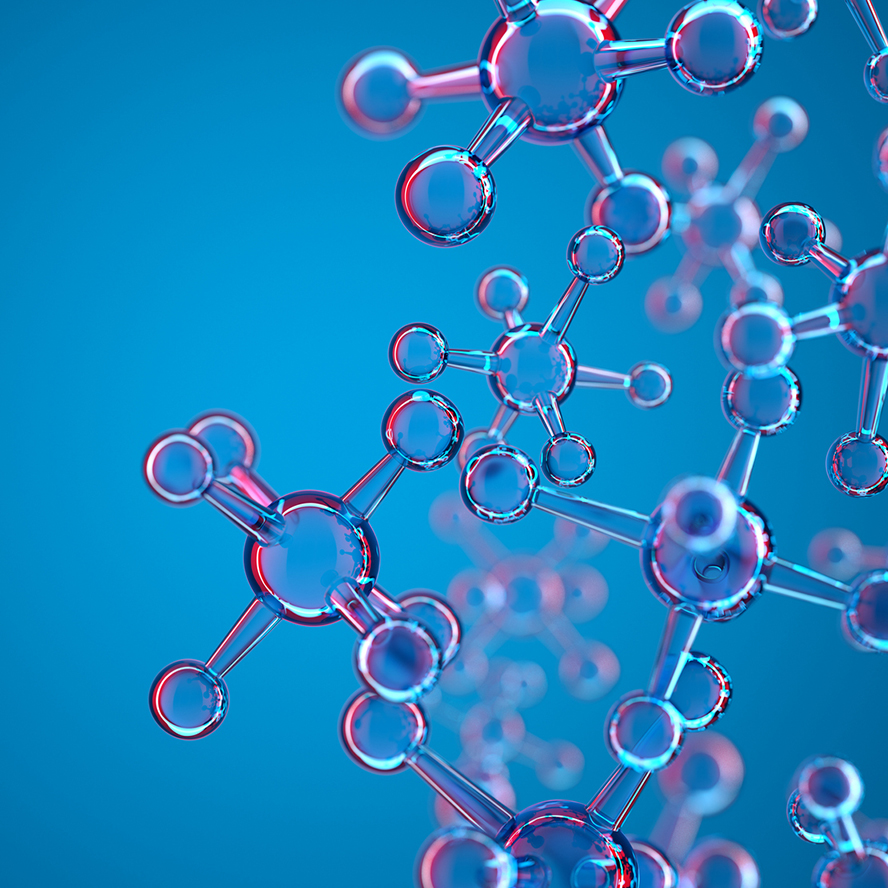Brominated Flame Retardants Can Make A Difference
Brominated flame retardants in electronics can provide an important layer of fire protection by helping to prevent or delay ignition, and if a fire does occur, slowing the combustion process, thereby potentially providing more escape time for residents and increased time for an emergency services response.
Designing Safe Electronic Products For Everyday Use
Society depends upon a wide variety of materials to build the electronic products that support our modern lifestyles. Due to their unique properties and versatility, plastics are some of the key materials used to construct the various parts used in electronics. Because many plastics are created from petroleum-based products, they can be readily flammable. To reduce the risk of fire associated with the use of plastics in electronics, fire safety experts have developed fire resistance criteria for the materials used to build products, including plastics, to meet. The expectations for flammability resistance are often provided in the form of fire safety standards. Product fire safety standards help ensure public safety.
Fire Safety Standards
Fire standards for products like electronics provide what is often referred to as passive fire protection. Flammability resistance, or ignition protection, is built into the materials by design. This approach helps diminish the risk of a small fire becoming a larger fire, providing an added layer of fire protection for consumers.
While fewer fires have occurred in the U.S. since the introduction of stricter fire safety standards in the 1970s, some have questioned whether strong fire standards make a difference and are needed. The wide variety in country specific fire codes can dramatically affect the fire safety of home furnishings and electrical equipment, resulting in more or less potential escape time from structure fires.
Brominated Flame Retardants: Essential Use And Sustainability
- The use of plastics in durable goods will continue to rise, and fire safety is an expectation of society important to preserve.
- Flame retardants are critical chemistries that help protect plastic components used in the modern built environment.
- Brominated polymers provide unique and versatile fire safety solutions.
- NOTE: Chlorinated, fluorinated, phosphorous, and mineral based flame retardants are different in terms of how they work; they are not direct substitutes for brominated flame retardants.
Flame Retardant Initiatives Underway to Advance A Circular Economy
In a circular economy, it is important to keep resources in use for as long as possible and recover them at the end of their service life, and to be reused as raw material for new products. The flame retardant industry is committed to seeking ways to advance the circularity of flame retardant chemistries.
- A recently conducted pilot program shows that it is readily possible to use unique markers to represent specific flame retardants (e.g., brominated flame retardants) for rapid identification even when the brominated flame retardants are formulated into plastics. The project demonstrates that unique marker systems can be deployed to help whole value chains improve traceability and circularity of flame retardants throughout the life cycle of plastic used in consumer products.
- Waste and Electronic and Electrical Equipment (WEEE) Plastics and Circularity: In December 2018, the European Commission launched the Circular Plastic Alliance with the aim of boosting the EU market for recycled plastic with an initial pledge of 10 million tonnes by 2025 and with more than 230 signatories to date. The recycle of flame retardant containing plastics can aid in reaching this important objective.
- A report by SOFIES, a leading sustainability consultancy, provides a comprehensive analysis regarding WEEE plastics flows and recycling efforts in Europe. The report presents the successes and overarching challenges in making WEEE plastic streams more circular. Among the findings in the report is that the presence of brominated flame retardants (BFRs) in WEEE plastics does not reduce recycling yields more than other flame retardants in WEEE plastics.
- While recently idled, the PolyStyreneLoop has been an industry effort to help demonstrate an innovative purification process to recycle polystyrene (PS) foam containing the discontinued flame retardant hexabromocyclododecane (HBCD). A solvent- based purification process separates HBCD from the PS, allowing the recycling of PS for use in new insulation materials. The bromine in the HBCD is recovered after safe destruction of HBCD. The bromine is reused to produce new polymeric flame retardants to be applied in insulation products. Click here to view a brief video of the purification process.



